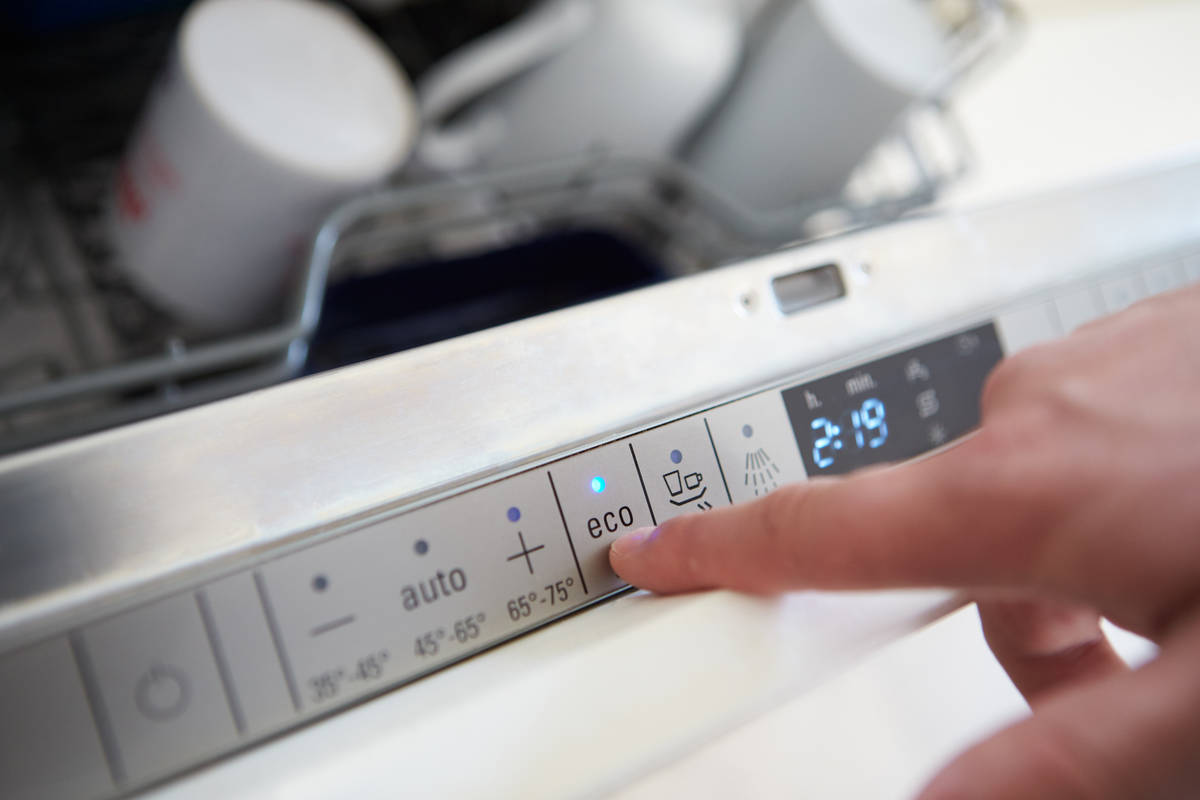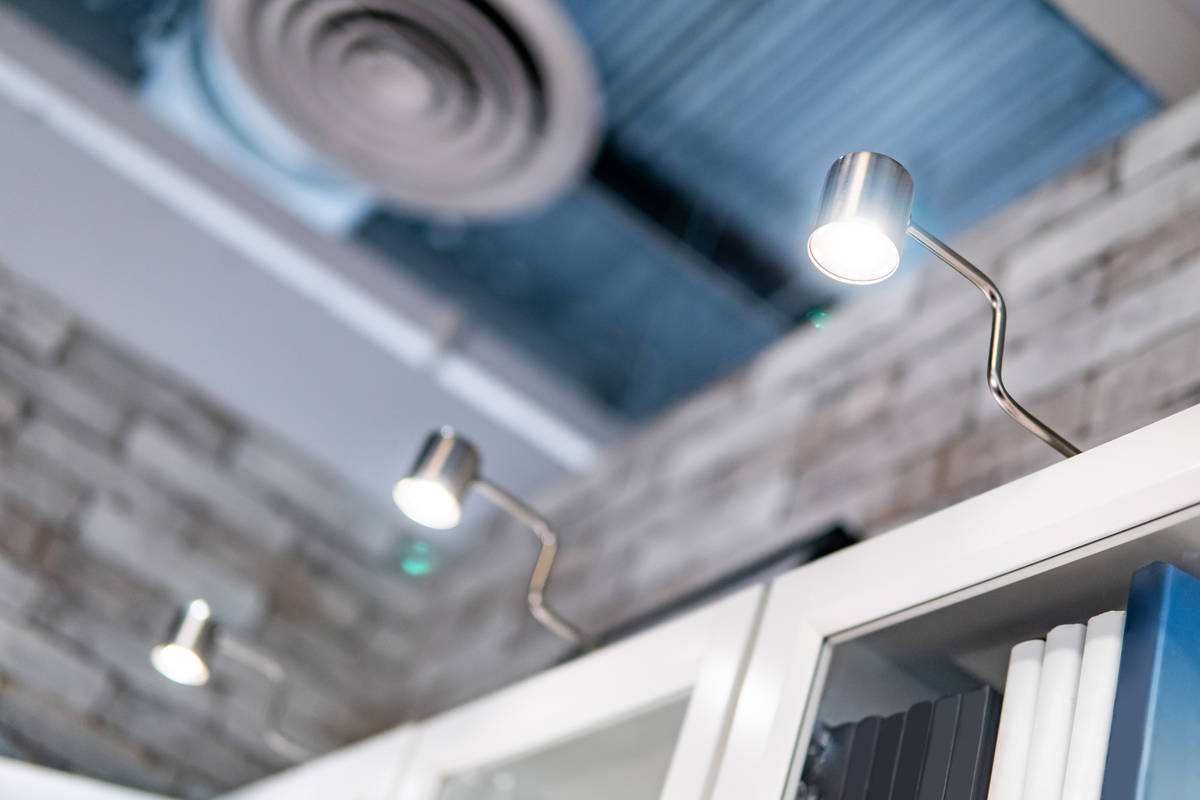Homeowners can help with Nevada’s climate change goals
The 2019 legislative session produced some ambitious environmental goals for the Silver State, culminating with Gov. Steve Sisolak’s executive order on climate change in November of that year. While 2020 gave us plenty of other things to worry about, the thrust to reduce carbon emissions is still quite alive in Nevada.
The state plans to leverage solar, wind and geothermal resources in hopes of producing 50 percent of its electricity from renewables by 2030. A lot of legislation also centers on curbing vehicle emissions.
“This is all really important, having a green electricity system so you can do things like own electric vehicles and plug them into a green grid,” said Dylan Sullivan, a Nevada-based senior scientist with the Climate and Clean Energy Program for the Natural Resources Defense Council.
Some everyday decisions made by homeowners can help the cause, too. Here are some actions homeowners can take to chip in and do their part to reduce carbon emissions.
Swap out incandescent bulbs for LEDs.
There is a split between people who say wait until your incandescent bulb burns out and those who say change them now. But both sides agree on energy savings when it comes to LEDs.
A 60-watt incandescent bulb’s LED equivalent uses about 10 watts for the same illumination level, Sullivan said, and it will last about 10 times longer. And LEDs come in many different styles now, so you can find those thin flame-shaped chandelier bulbs and other unique shapes and sizes to help you avoid the mismatched bulbs look.
Unplug your second refrigerator.
One-fourth of Las Vegans own a second refrigerator or a stand-alone freezer they usually keep in the garage, Sullivan’s team has found. Secondary refrigerators, in particular, may be older and inefficient and forced to work harder in a hot environment like a garage.
That is a recipe for energy waste. Unplug the second unit during the times you’re not using it, Sullivan suggests. The move could save you up to about $85 a year in electricity.
Invest in a “free” smart thermostat.
Smart thermostats have been around for a while, and they offer much more than convenience and interconnectivity with other devices. They can easily be set to higher temperatures when you’re not home to save energy.
Sullivan also encourages everyone to take advantage of NV Energy’s PowerShift program, which gives you a free smart thermostat (up to $300 value). The move also enrolls you into the utility’s voluntary Community Energy Events program, which means the thermostat communicates with NV Energy during high energy demand periods in the summer, primarily between 5 and 9 p.m.
During peak demand, the thermostat can increase your indoor temperature by up to four degrees to balance comfort and energy savings, Sullivan said. It’s a move that’s good for the electrical grid and environment, at a time of year when the state becomes reliant on out-of-state fossil fuels to meet electricity demand.
“A few days out of the year, it’s really helpful to the grid and reduces emissions a lot. You don’t have to use (more) power plants on the highest demand days, which is like turning on lawn mowers for extra electricity,” Sullivan said. “It’s difficult for air quality on those days, too.”
Prioritize energy-efficiency with new appliance purchases.
It’s not something that’s on the radar every day, but when it’s time to replace that water heater, dishwasher, stovetop or air conditioner, do your research on the most energy-efficient options possible. A new electric heat pump in place of a standard gas furnace could save hundreds on a yearly energy bill.
While pricing can be an issue with some appliances, Sullivan said, he believes the private and public sectors should continue to work together to make energy-efficient options the primary ones for consumers.
“A lot of the market development work is to make energy efficiency the default option, and at the same time, right now, we know that it’s important to meet people where they are,” he said.
Reuse as much as possible.
Mary Beth Horiai, a College of Southern Nevada political science professor who writes about local environmental issues, said curbing consumerism and simply reusing products is good for the environment. Electronic devices, clothes, books, furniture are all items that can be passed along to others instead of ending up in the landfill.
Avoid using plastic bottles and bring reusable bags when grocery shopping, she said. Even ride-sharing and donating a car you no longer use are examples of reusing and not initiating carbon-producing manufacturing processes unnecessarily.
“Any small change you can make is better than no change at all,” she added.
Think about some of your many everyday decisions.
There are many small everyday decisions about our home environment that add up, said Theresa Clement, a home remodeler who co-founded My Fix It Up Life, a DIY website covering a wide range of projects and simple fixes around the home.
“If you’re new to trying out a green lifestyle, start small,” Clement said. “Try using reusable snack bags, reusable dishcloths, rechargeable batteries, choosing products that aren’t packaged in plastic.”
Choosing native plants and xeriscaping that doesn’t require as much water for the yard is another good move, she said. Clement also advocates for growing your own food in a backyard garden and discarding old orange peels and coffee grounds in compost, which can be used to nourish the soil of your small garden.
If you are remodeling, consider a contractor who uses local and recycled products. You can look for furnishings made from local, natural materials, and above all try to reduce the volume in your trash can every week, she added.
“Many of the changes we can make at home that help with the environment usually translate into a healthier home for our family,” Clement said. “When we make our own cleaners, use natural products that have less off-gassing, or grow veggies, we know what’s in them. … We are reducing the amount of chemicals in our home and in our bodies. … Changes at home may be a small contribution to the planet, but it’s a big deal when it comes to the health of our families.”































